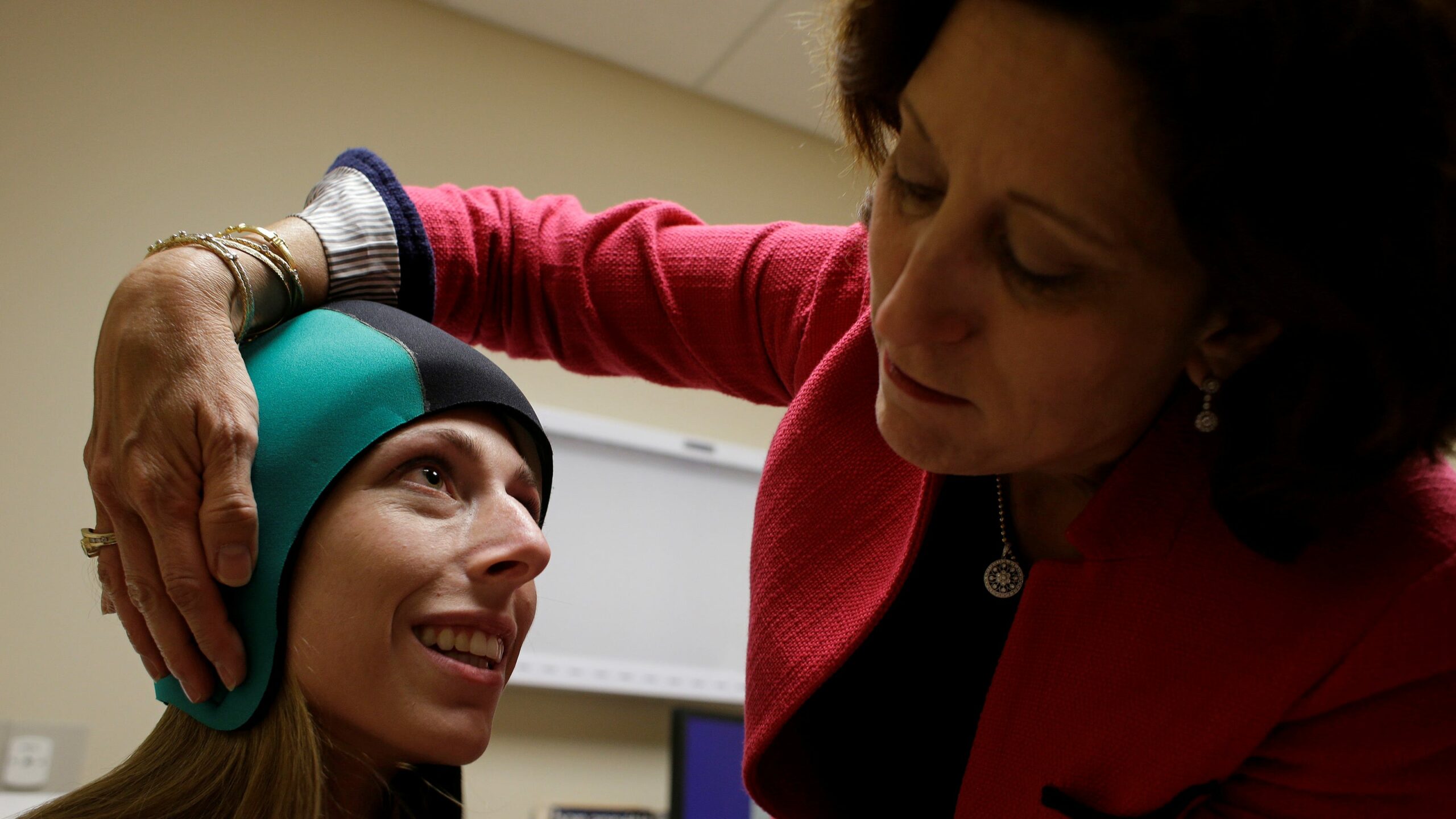Chemotherapy, while a critical component in combating cancer, is often associated with a plethora of distressing side effects. Among these, hair loss stands out as one of the most emotionally charged experiences for patients. As a result, innovative solutions have emerged to mitigate this impact, with cold caps gaining traction in oncological practices. These remarkable devices, designed to preserve hair follicles during treatment, offer a fascinating glimpse into the intersection of science and personal well-being.
Cold caps operate on a relatively straightforward premise: by cooling the scalp to a temperature that constricts blood vessels, they aim to reduce the amount of chemotherapy drugs reaching hair follicles. When chemotherapy drugs are administered, they can inadvertently target rapidly dividing cells—including those in hair follicles—leading to hair thinning and loss. Cold caps seek to minimize this collateral damage by effectively creating a barrier that shields follicles from the toxic effects of these potent medications.
The allure of cold cap therapy extends beyond the mere preservation of hair. For many patients, retaining their hair holds profound psychological significance. It serves not just as a physical attribute but as an embodiment of their identity and self-esteem. The prospect of undergoing chemotherapy and emerging with one’s hair intact can transform a daunting journey into a more manageable one, providing a semblance of normalcy amidst swirling uncertainty. It is a testament to human resilience, an attempt to regain control in the face of an uncontrollable circumstance.
However, it is essential to contextualize the efficacy of cold caps within the broader spectrum of treatment plans. Research indicates that while cold caps can significantly reduce hair loss in certain patients, they may not be effective for everyone. Factors such as the type of chemotherapy regimen, individual physiology, and even the cap’s application method play critical roles in outcomes. Therefore, patients should engage in a comprehensive dialogue with their healthcare providers to assess the potential benefits alongside any limitations.
Moreover, additional consideration should be given to the emotional labor associated with their use. The process of donning a cold cap is not without discomfort; patients may experience a chilling sensation that can be daunting during treatment. Moreover, the successful application of cold caps necessitates strict adherence to timelines, which can add a layer of complexity to an already strenuous experience. Thus, while the cold cap offers a viable option for some, it is imperative to weigh the physical and emotional ramifications meticulously.
In conclusion, the journey through chemotherapy is laden with uncertainties, yet the advent of cold caps illuminates a pathway toward diminishing one of the most visible markers of this battle. Preventing hair loss is not merely about aesthetics; it is intertwined with the broader emotional landscape of healing and identity. As evidence continues to emerge about their efficacy, cold caps stand as a symbol of hope, innovation, and the continuous fight against cancer, allowing individuals to reclaim a part of their identity while navigating the choppy waters of treatment.
